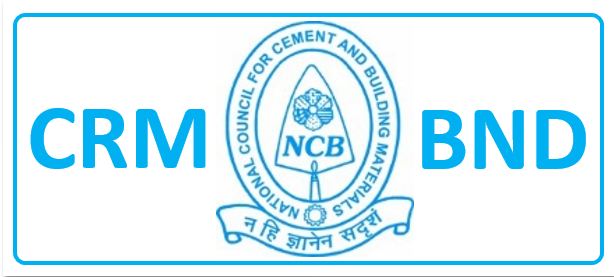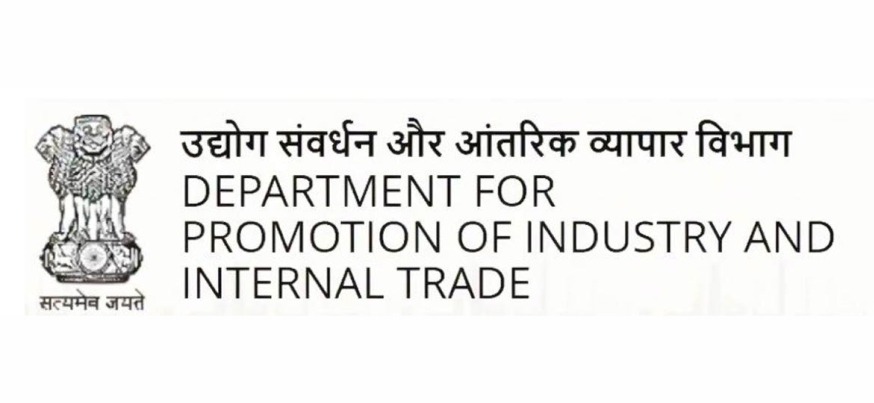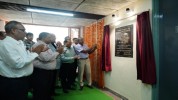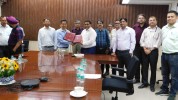


News & Events

News & Events
- Corrigendum-Upgradation of the Industrial Shed in NCB Campus, Ballabgarh, Haryana on EPC Mode
- Tender Notice-Upgradation of the Industrial Shed in NCB Campus, Ballabgarh, Haryana on EPC Mode
- NCB IC Event: Innovate Youth: Building Tomorrow's Entrepreneurs.
Consultancy services for getting NABL Accreditation as per ISO/IEC 17025:2017
Notice on Public Grievance
NCB – CCE EVENTS / Forthcoming Training Programmes
Proficiency Testing Schemes
NCCBM to host 17th International Congress on Chemistry of Cement (ICCC) in 2027 in New Delhi
Computer-Aided Deposit Evaluation of Limestone Deposits
Every mining project requires defining the mineral resources prior to mine design and planning. This definition is based on geological knowledge of the ore body and on sample information from an exploration drilling.
NCB has acquired Datamine Studio software for Computer Aided Deposit Evaluation. Computer Aided Deposit evaluation through software requires preparation of geological model to accurately represent not just the grade of a deposit but also its boundaries and internal structure. Defining the boundary of the mineralized zone however is more a geological than a statistical problem.
Generally limestone deposit are sedimentary which occur as massive stratified form and the complexity arises mainly due to the metamorphism and structural activities such as intrusive bodies, faulting , folding of strata etc. Structural complexity coupled with metamorphism of variable degree in the deposit introduces problems in deciphering the lithological boundaries and their grade behavior. The geological model is prepared by selection of optimum mining bench height based on cut off grade specification which is supplemented with the grade model (ore/waste) for final representation. The imperative need arises for systematic quantification of geo-chemical information based on statistical method for understanding of various grade parameters, their relationship and behavior to quantify how a particular litho-unit could be recognized. Different grade within the same deposit is categorized as different zone/types for purpose of defining the boundary such as high iron limestone, high silica limestone or dolomitic limestone etc. Complex geological model also contain separate structure such as different lithologies, intrusives, folds, faults, etc. For better control over the shape and position of lithology it is better to include both geological and geo-chemical interpretations. Interpretation of the prepared 3D ore body model is carried out for estimation of bench-wise / block-wise geological and mineable limestone reserves & grade by geo-statistical methods followed by preparation of computer generated block wise, bench wise slice / bench plans and grade tonnage inventory of individual benches and a comprehensive report covering all the above aspects.









